FR4: Understanding the Material and Its Applications in PCB Design
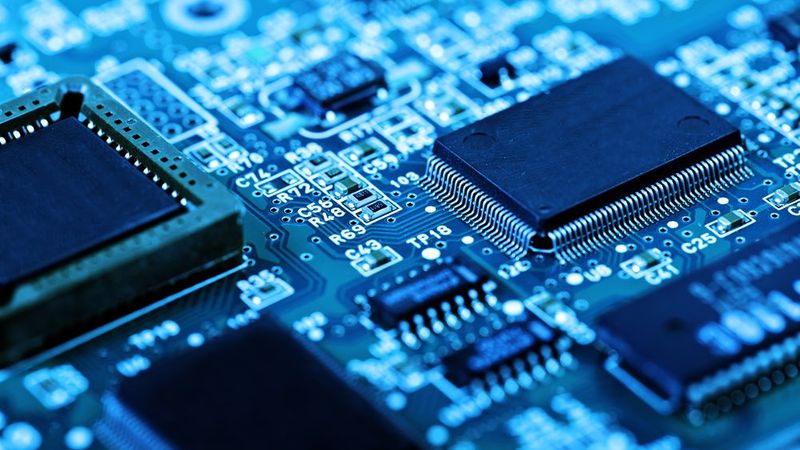
FR4, often called “fiberglass,” quietly underpins our daily lives. Think about your electronics, from smartphones to car and appliance circuit boards. FR4 is the unsung hero behind the scenes, making them work smoothly and power our modern world. Introduction In our increasingly interconnected world, electronic devices play a pivotal role in our daily lives. Imagine […]
PWB vs PCB: Differences and Similarities
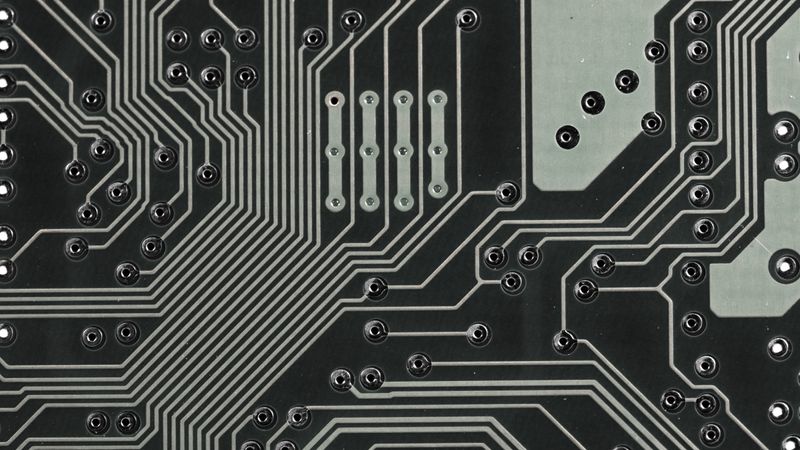
PWB and PCB are two commonly inter-used terms in the industry of consumer electronics. The former means printed wiring board and the latter, short for printed circuit board. This article explores their similarities and subtle differences; their uses, types, and benefits to the electronics industry. Introduction Printed Wiring Boards (PWB) and Printed Circuit Boards […]
PCB Layout: A Comprehensive Guide
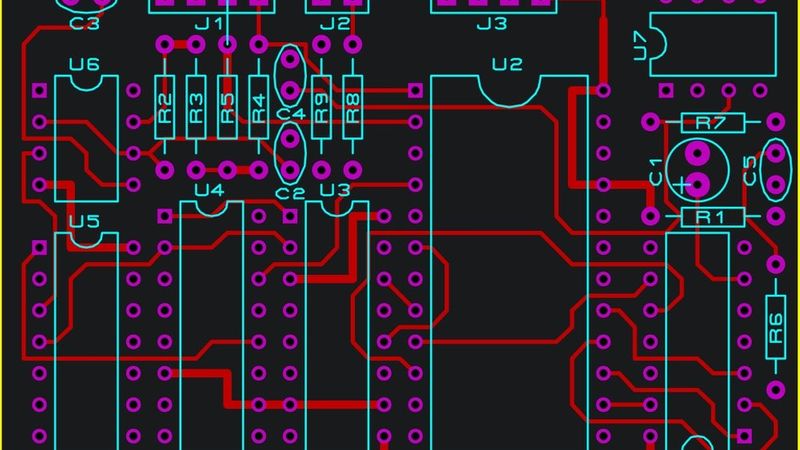
A Printed Circuit Board (PCB) layout is the blueprint that guides the production of circuit boards which are the backbone of any electronic device. This article explores the core principles of PCB layout, component placement, trace routing, signal integrity, and more. Introduction The world of electronics design is intricately woven with the art and […]
Castellation PCB: A Comprehensive Guide to Design, Manufacturing, and Applications
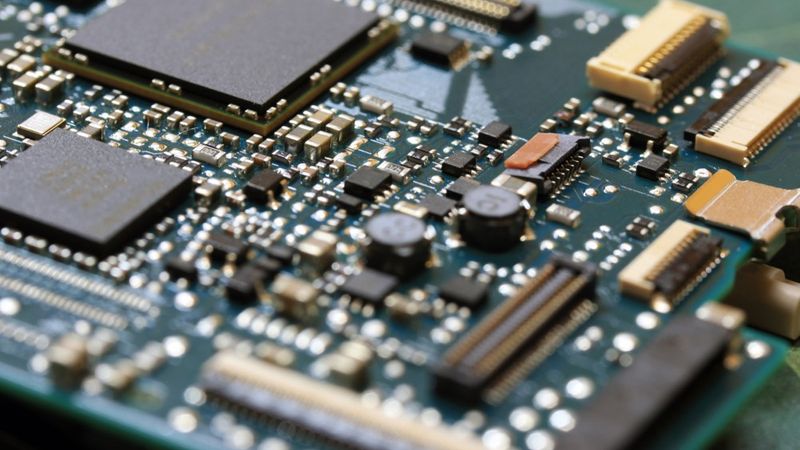
Castellation PCB is a type of printed circuit board (PCB) that has a series of small, plated through holes along the edges of the board. These holes are used to create a connection between the board and other components in a circuit. This article delves into the design, manufacturing, and testing processes involved in creating […]
How to Design a PCB Layout: A Comprehensive Guide
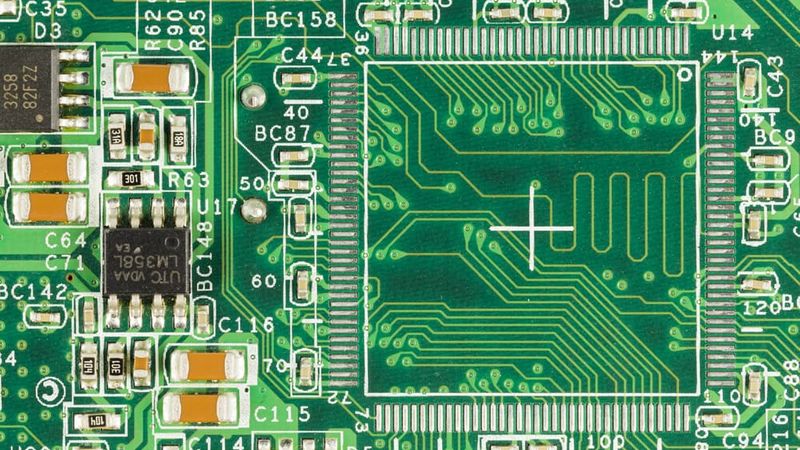
Printed Circuit Boards (PCBs) are an essential component of nearly every electronic device, providing the foundation for the connections and features that enable functionality. As technology advances and devices become more complex, the importance of efficient and effective PCB layout design has become increasingly critical. This article will guide you through designing a PCB layout, […]
PCB Process Chemical Etching: A Comprehensive Guide to Processes, Applications, and Techniques
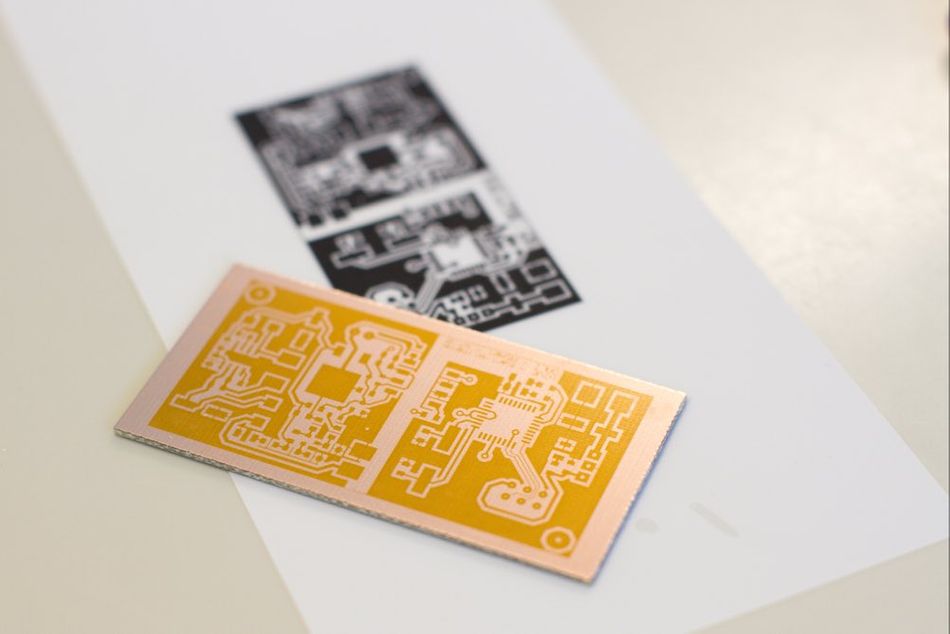
Chemical etching uses acidic chemicals to remove material and create an etched pattern on a metal surface. This article delves into the fundamental processes of chemical etching, its myriad applications, and nuanced techniques employed to achieve precision and perfection in the final product. Electronic circuit chip (fabricated through chemical etching) Introduction In the intricate […]
PCB Manufacturing Process: A Comprehensive Guide to Understanding and Mastering the Techniques
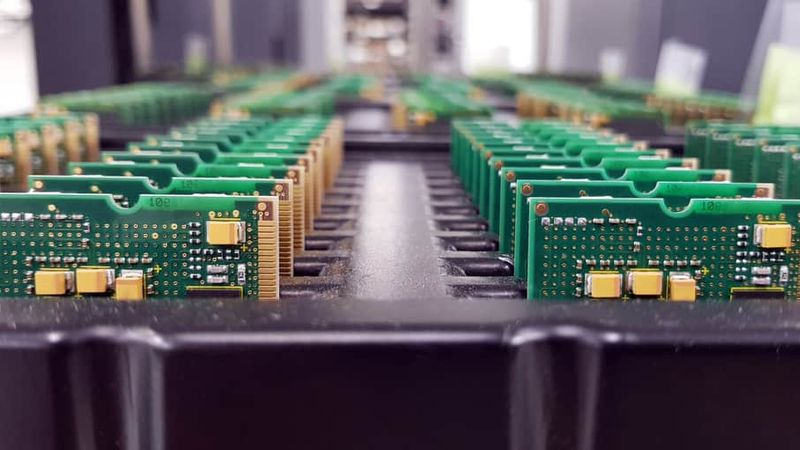
Printed Circuit Boards (PCBs) provide the foundation for the assembly of electronic components and enable the functionality of a wide range of devices. This article journeys through the requisite steps in the PCB manufacturing process, detailing the procedures involved in each. Assembly of Circuit Boards Introduction Printed circuit boards (PCBs) serve as electronic devices’ […]
Mastering PCB Testing: Techniques, Methods, and Best Practices Unveiled
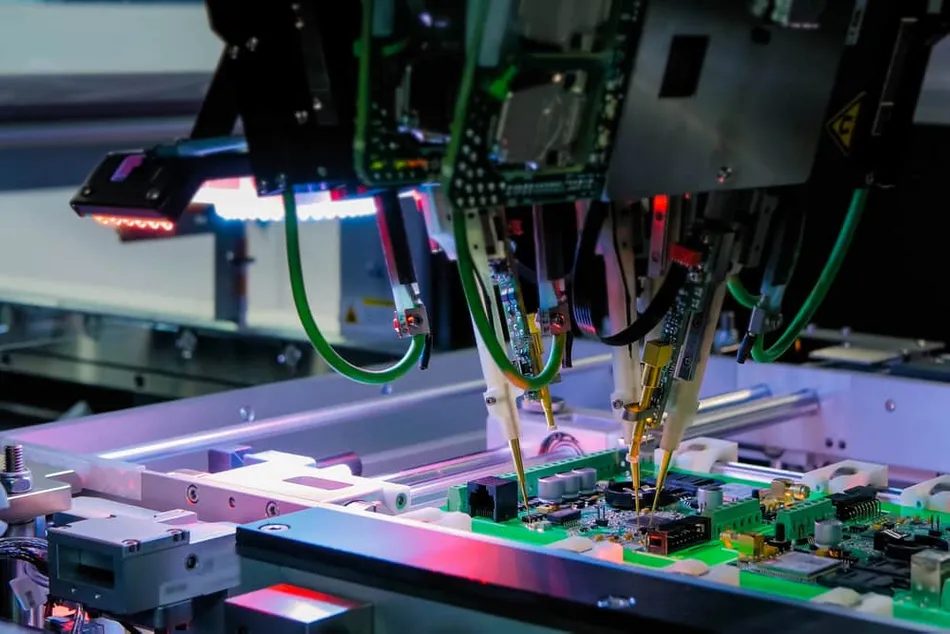
Testing PCBs involves using various methods and tools to ensure that all the individual elements of a PCB perform optimally, making up a high-quality PCB assembly. This article delves into the methods, procedures, and requirements of PCB testing. Electronic Circuit Board Introduction to PCB Testing Testing is integral to PCB manufacturing, ideally conducted throughout the production […]
